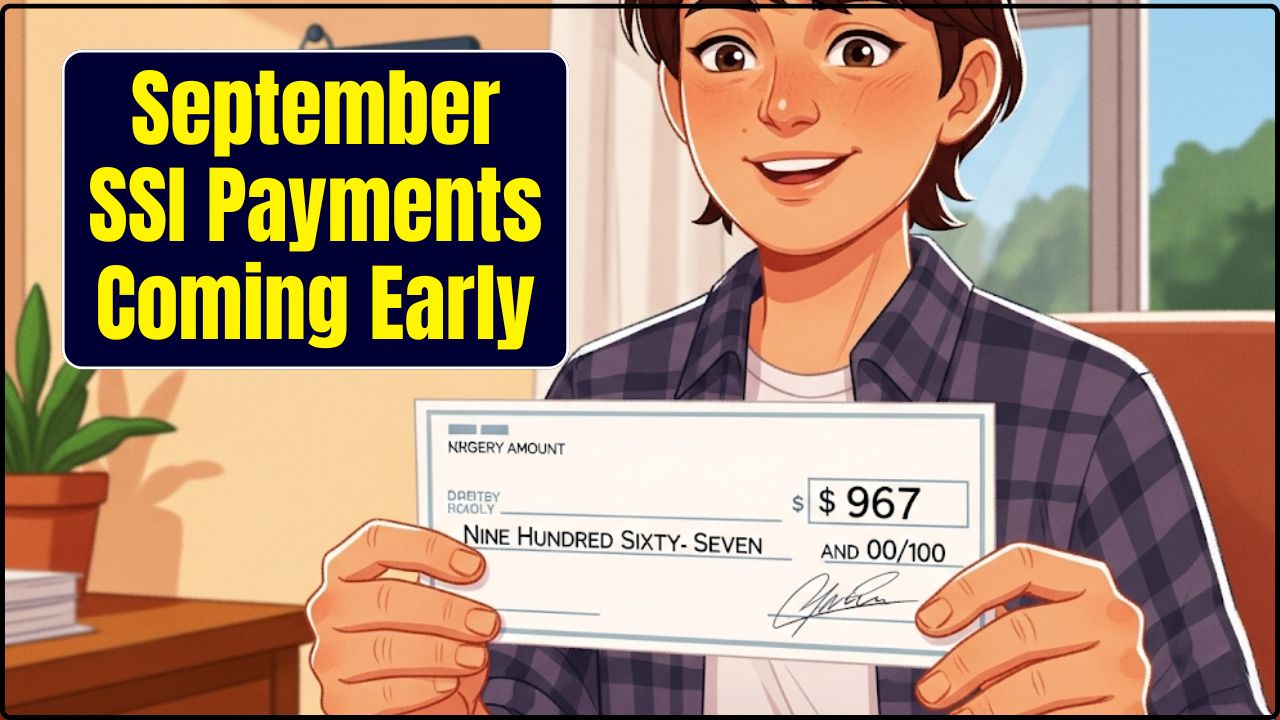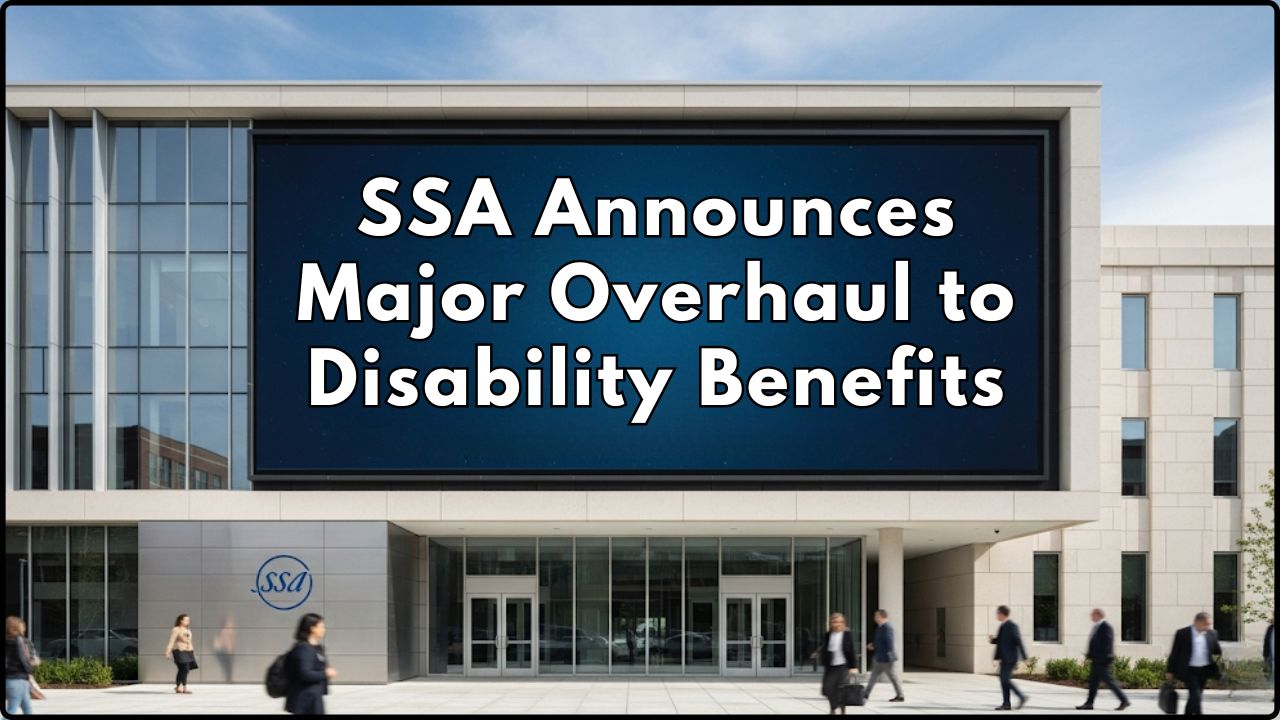Picture this: Mary, a 67-year-old retired school teacher in Ohio, depends on Social Security for nearly 70% of her monthly income. She’s done everything right — worked for 40 years, paid her taxes, raised her kids, saved a little when she could. But if Congress doesn’t act by 2034, her check could drop by almost $400 a month overnight.

That’s not a wild conspiracy or political spin — it’s straight from the latest Social Security Trustees Report, which warns that Americans could face a 19% benefits cut in less than a decade unless lawmakers step in. And while this may sound like a “future problem,” the reality is every generation — from retirees to teenagers — will feel the impact.
Social Security Facing 19% Cut by 2034
| Topic | Key Facts & Data |
|---|---|
| Projected Cut | 19% reduction in benefits starting 2034 if no changes are made. |
| Trust Fund Depletion Date | Combined OASI + DI trust funds projected to run dry in 2034 (one year earlier than previous estimate). |
| Reason for Shortfall | Aging population, fewer workers per retiree, slower wage growth, legislative changes. |
| Current Worker-to-Beneficiary Ratio | About 2.7 workers per retiree, down from 5:1 in 1960. |
| Possible Fixes | Raise payroll taxes, lift income cap, adjust retirement age, or combine approaches. |
The idea of a 19% Social Security cut by 2034 should light a fire under us — not make us give up. The trust funds are in trouble, but the program can be fixed, just like in 1983. For now, plan smart, save more, and keep pressure on lawmakers. We all have skin in this game.
Why Social Security Is in Trouble
1. We’re Living Longer
In 1960, most people collected Social Security for just a few years. Now, living into your 80s or 90s is common. That’s decades of benefit checks — a blessing for families, but a math challenge for the program.
2. Fewer Workers Per Retiree
Back then: 5 workers per retiree.
Today: 2.7 workers per retiree.
2034 projection: 2.3.
It’s like having fewer people paying for the pizza but more people showing up to eat.
3. Legislative Changes
The Social Security Fairness Act of 2025 restored benefits to 2.8 million public-sector retirees. Good news for fairness — bad news for the trust fund’s lifespan.
A Quick History Lesson: The 1983 Fix
We’ve been here before. In the early ’80s, Social Security was just months from running out. Congress passed a bipartisan rescue plan that:
- Gradually raised the retirement age.
- Increased payroll taxes.
- Began taxing benefits for higher earners.
That fix bought us about 50 years — but the clock’s running out.
How the Trust Fund Works — and Why It’s Drying Up
Think of the trust fund like a rainy-day jar. Payroll taxes fill it up when times are good. When payouts exceed income, we dip into it. Since 2010, we’ve been dipping in every year. By 2034, the jar’s empty.
After that? Social Security will run only on incoming payroll taxes, which cover about 81% of promised benefits.
Impact by Generation
- Baby Boomers (Born 1946–1964): Many will already be retired in 2034, facing an immediate pay cut.
- Gen X (Born 1965–1980): Will be at peak retirement age when cuts hit.
- Millennials (Born 1981–1996): Could lose hundreds of thousands in lifetime benefits if nothing changes.
- Gen Z & Younger: Will pay into a system projected to give them less back — unless reformed.
How Social Security’s Financial Outlook Has Shifted
| Projection Year | Combined Trust Fund Depletion Date | Benefits Payable After Depletion |
| 2023 | 2035 | ~83% of scheduled benefits |
| 2024 | 2034 | ~81% of scheduled benefits |
Step-by-Step: What Happens in 2034 Without Action
- Trust Funds Empty — The reserves hit zero.
- Automatic Cuts — Benefits shrink to match incoming taxes.
- Equal Percentage Cut — Roughly 19% for everyone, regardless of need.
- Long-Term Decline — Cuts could reach 28% by the end of the century.
Top 3 Myths About Social Security’s Future
Fact: Social Security is a “pay-as-you-go” system. The taxes you pay today help fund the benefits for current retirees. It’s an insurance program, not a personal savings account.
Myth: The trust fund is just an “IOU” from the government and is worthless.
Fact: The trust fund holds real, interest-bearing U.S. government bonds. While the government will have to raise money to redeem these bonds, they are a solid asset.
Myth: Social Security will be completely broke and stop paying benefits.
Fact: Even after the trust fund reserves are depleted, incoming payroll taxes will still be able to cover a significant portion of benefits (around 81% of scheduled benefits, based on the latest report).
Myth: My money is being held in a personal account with my name on it.
Practical Advice: How to Prepare
For Workers
- Check your SSA statement yearly.
- Boost savings in 401(k)s, IRAs.
- Work longer if possible — more earnings = higher benefits.
For Retirees
- Delay claiming benefits if you can — more years worked = bigger checks.
- Diversify income streams.
- Budget assuming a 15–20% cut to avoid shocks.
Potential Fixes
| Option | Pros | Cons |
|---|---|---|
| Raise Payroll Tax Rate | Quick revenue boost. | Higher taxes. |
| Lift Earnings Cap | More tax from high earners. | Political pushback. |
| Adjust Retirement Age | Keeps workers paying in longer. | Harder for manual laborers. |
| Means-Test Benefits | Directs funds to those in need. | Could hurt political support. |
A Shrinking Worker-to-Beneficiary Ratio
In 1960, there were more than five workers paying Social Security taxes for every person receiving benefits. Today, that ratio has fallen to about three workers for every beneficiary. This demographic shift, driven by lower birth rates and people living longer, is a key reason for the program’s financial strain. It means fewer workers are supporting an increasingly large number of retirees.
States with Higher Impact
States like Florida, West Virginia, and Maine have larger retiree populations, so cuts there would hit local economies harder.
Frequently Asked Questions
Q: Will I lose all my Social Security?
A: No. You’ll still get around 81% of your benefits if nothing changes.
Q: Will current retirees be spared?
A: No — cuts would apply to all beneficiaries equally.
Q: What’s the fastest fix?
A: Raising payroll taxes or removing the income cap.





